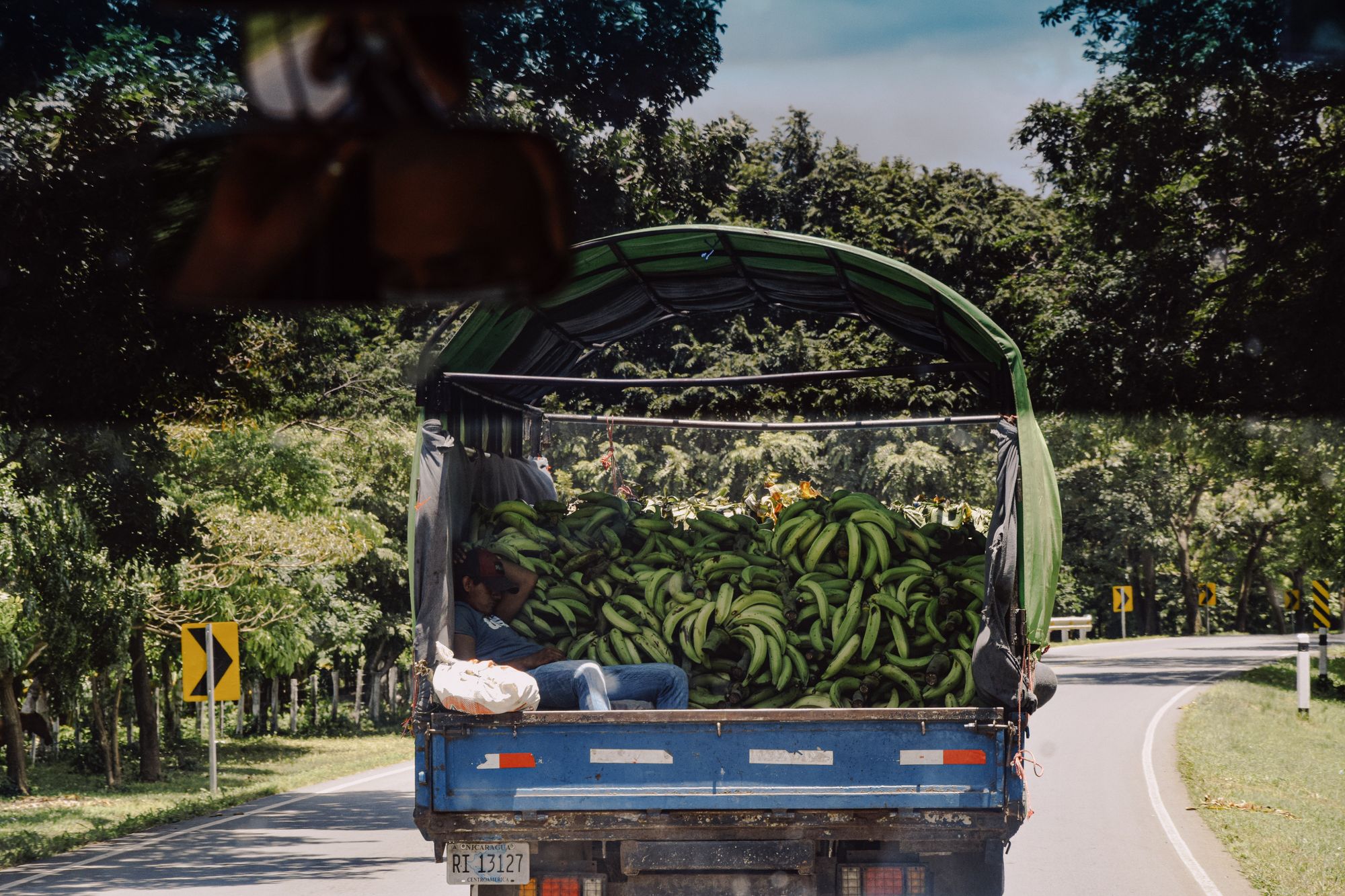What are food miles?

Food miles are the amount of miles it takes for your food to get to your plate. The food you see in your grocery store is grown all around the world, that’s how certain fruits and vegetables are available year-round in all climates. Take a look at stickers on your produce to learn where it was grown, you may be surprised to learn that it has come from thousands of miles away! Depending on the food, it may travel by boat, plane, train, or semi-truck. All of these have different carbon footprints depending on the mode of transit and how far they must travel. Air transport generates 50 times more carbon dioxide than sea transport - and yet the market for fresh food requires this heavy-polluting mode of transport.
When shopping for fresh produce, look for food that is in season and grown closer to home; this can reduce the cost as well as the carbon footprint. Look for “locally grown” on signs and stickers. This doesn’t guarantee it was grown a certain distance from your purchase point though, it could have been grown in your city, county, or even just in your same state.
Foods that do not have to travel very far are picked closer to peak ripeness, cost less to transport, and do not require as much fuel to reach you. When fruits are able to ripen on the plant, they have more nutritional value as well. In the United States, it is estimated that food travels an average of 1,500 miles before it gets to your plate.
Growing food at home is a great way to reduce your food’s carbon footprint by reducing the miles it has to travel to your plate to zero! If you are able and have the space, there are many options for easy-to-grow foods at home. Some foods, like green onions, can be regrown in a matter of days in a cup of water! Try re-growing something at home that you bought at the store, it might be a lot easier than you think! Here’s some easy ideas: Green onions, Lettuce, & Tomatoes
Stay tuned to learn how! Happy re-growing!
